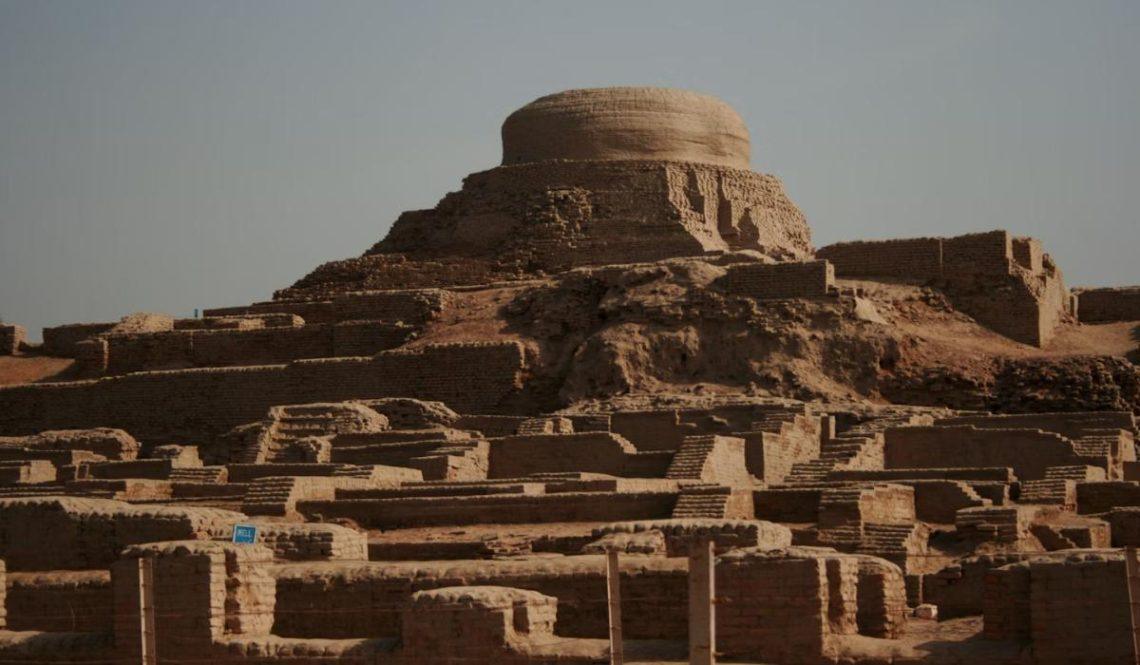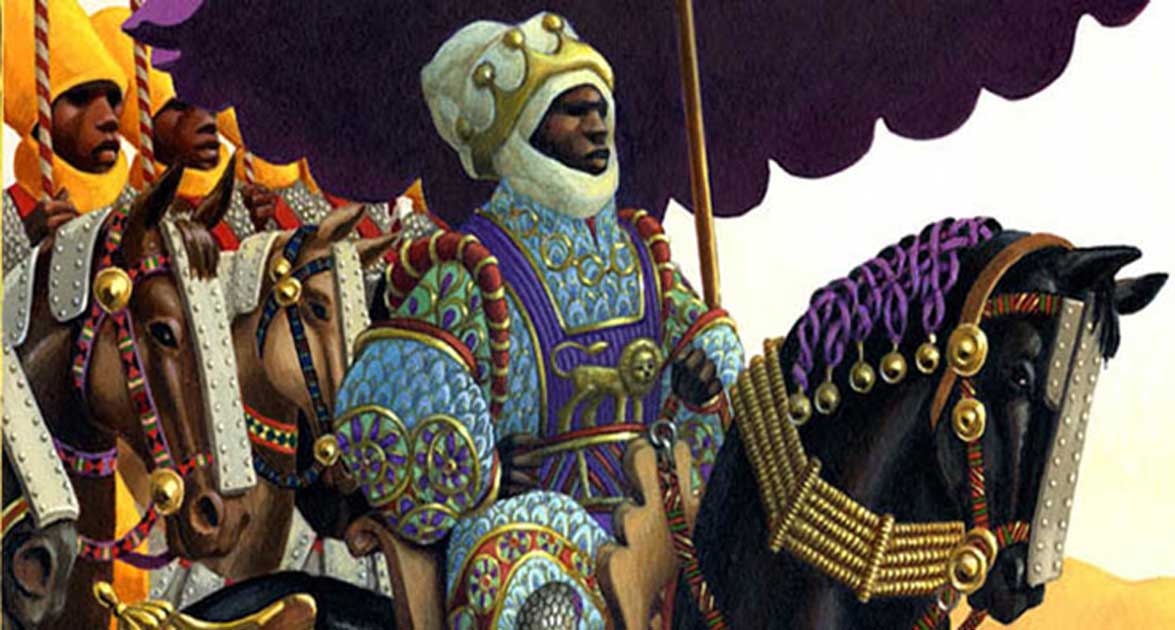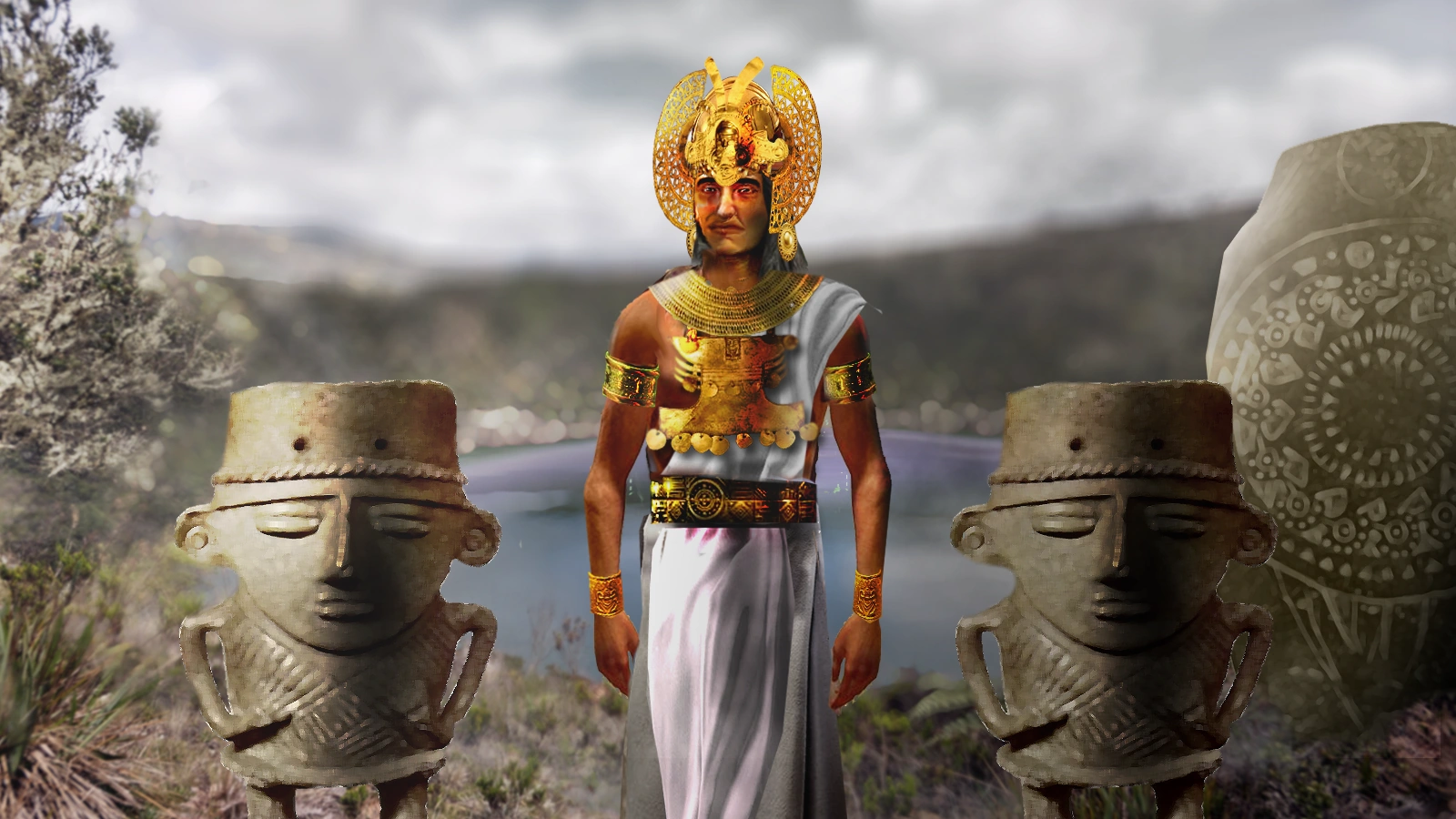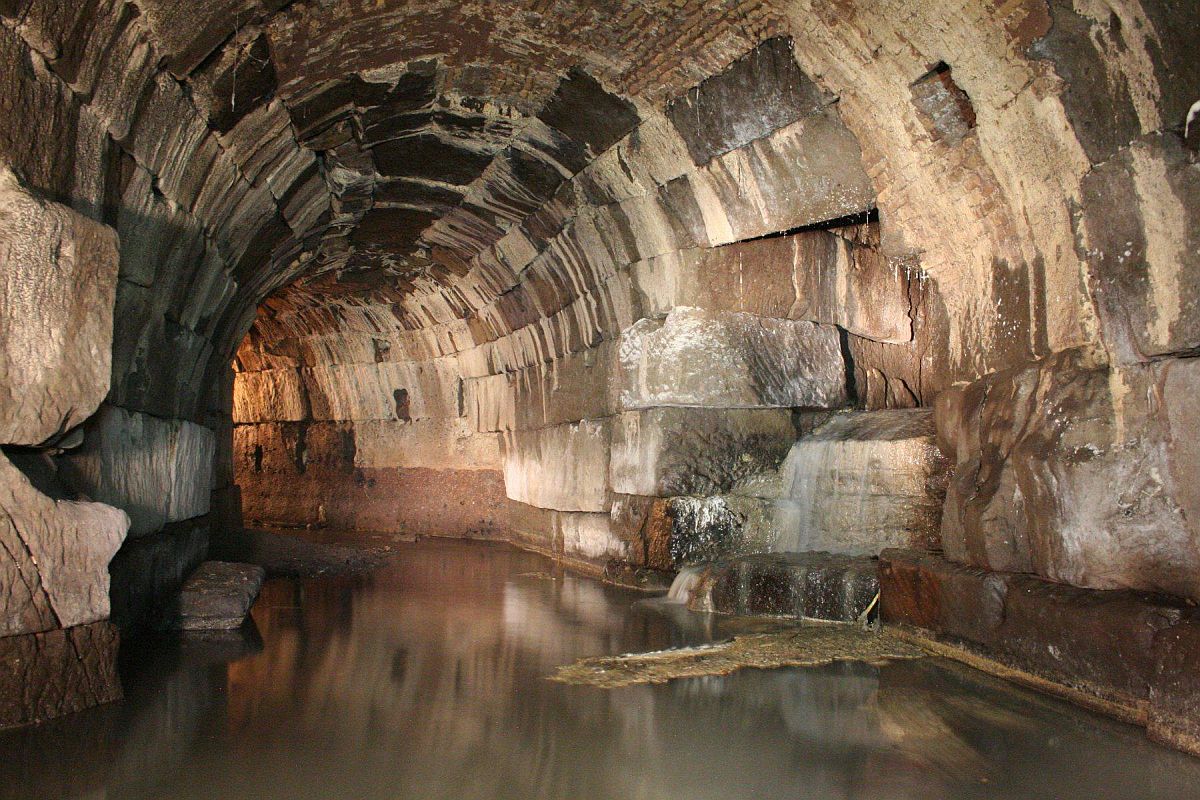The Indus Valley Civilization, flourishing between 3300 BCE and 1300 BCE in what is now Pakistan and northwest India, stands as one of the world’s earliest urban cultures. Despite its contemporaneity with ancient Egypt and Mesopotamia, the Indus Valley Civilization remains less heralded, yet its contributions to urban planning and social organization are profound. Cities like Mohenjo-Daro and Harappa exemplify advanced urban planning, featuring grid-like street layouts, sophisticated drainage systems, and standardized brick sizes, indicating a high level of societal organization and engineering prowess.
The civilization’s economy was robust, with evidence of trade networks extending to Mesopotamia, suggesting a thriving exchange of goods such as beads, cotton textiles, and precious metals. Artifacts like standardized weights and measures point to a complex economic system emphasizing fairness and uniformity. Moreover, the discovery of seals adorned with animal motifs and undeciphered script hints at a rich cultural and possibly religious life, though much about their beliefs remains enigmatic due to the undeciphered writing system.
Despite its remarkable achievements, the Indus Valley Civilization mysteriously declined around 1300 BCE. Theories abound, ranging from climatic changes and tectonic activity altering river courses to invasions by nomadic tribes. However, definitive conclusions remain elusive. Ongoing archaeological research continues to shed light on this enigmatic civilization, underscoring its significance as a foundational culture in human history and offering insights into the complexities of early urban development.





